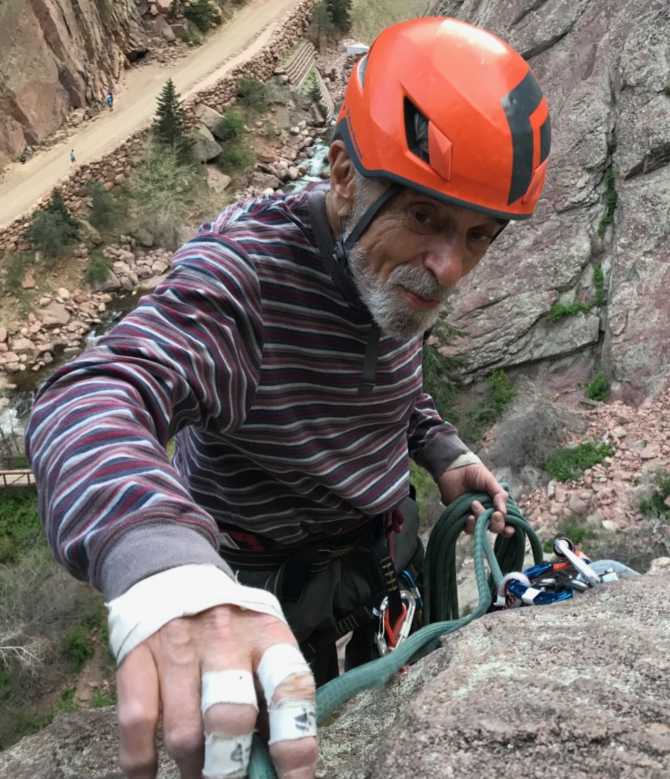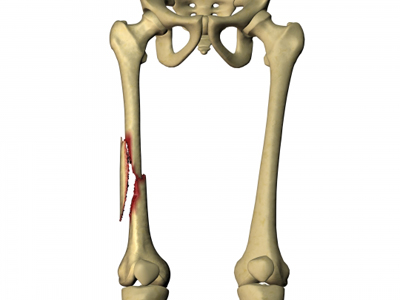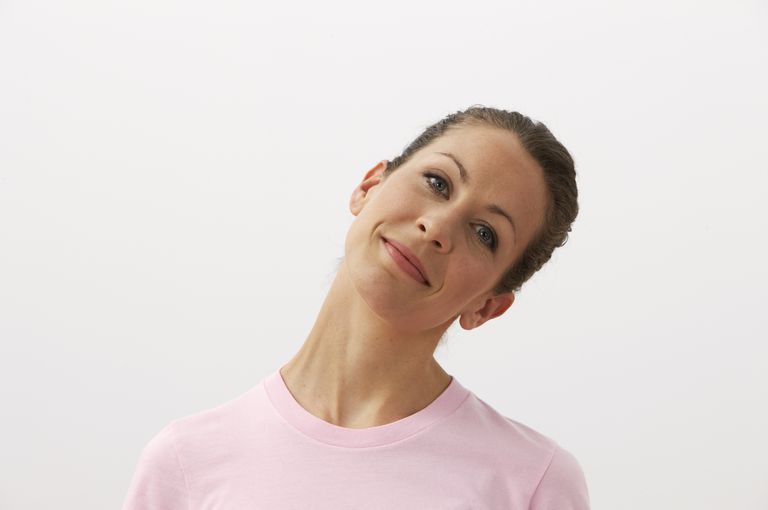Do you require any assistance? Simply reserve your appointment online below
Growth plate fractures
Regain your independence
The bones of children and adults share many of the same risks for injury. But because they are still growing, a child’s bones are also subject to a unique injury called a growth plate fracture. Growth plates are areas of cartilage located near the ends of bones.
Because they are the last portion of a child’s bones to harden , growth plates are particularly vulnerable to fracture.
Approximately 15% to 30% of all childhood fractures are growth plate fractures. Because the growth plate helps determine the future length and shape of the mature bone, this type of fracture requires prompt attention.
If not treated properly, it could result in a limb that is crooked or unequal in length when compared to its opposite limb. Fortunately, serious problems are rare. With proper treatment, most growth plate fractures heal without complications.

Classification of growth plate fractures

Several classification systems have been developed that categorize the different types of growth plate fractures. Perhaps the most widely used by doctors is the Salter-Harris system, described below.
Type I Fractures
These fractures break through the bone at the growth plate, separating the bone end from the bone shaft and completely disrupting the growth plate.
Type II Fractures
These fractures break through part of the bone at the growth plate and crack through the bone shaft, as well. This is the most common type of growth plate fracture.
Type III Fractures
These fractures cross through a portion of the growth plate and break off a piece of the bone end. This type of fracture is more common in older children.
Type IV Fractures
These fractures break through the bone shaft, the growth plate, and the end of the bone.
Type V Fractures
These fractures occur due to a crushing injury to the growth plate from a compression force. They are rare fractures.
Causes of growth plate fractures
Growth plate fractures are often caused by a single event, such as a fall or car accident. They can also occur gradually as a result of repetitive stress on the bone, which may occur when a child overtrains in a sports activity.
All children who are still growing are at risk for growth plate injuries, but there are certain factors that may make them more likely to occur:
Growth plate fractures occur twice as often in boys as in girls, because girls finish growing earlier than boys.
One-third of all growth plate fractures occur during participation in competitive sports such as football, basketball, or gymnastics.
About 20% of all growth plate fractures occur during participation in recreational activities such as biking, sledding, skiing, or skateboarding.
The incidence of growth plate fractures peaks in adolescence.
You are in Great Hands
signs and symptoms of growth plate fractures
A growth plate fracture usually causes persistent or severe pain. Other common symptoms include:
- Visible deformity, such as a crooked appearance of the limb
- An inability to move or put pressure on the limb
- Swelling, warmth, and tenderness in the area around the end of the bone, near the joint

Comprehensive treatment of Growth plate fractures

Nonsurgical Treatment
Many growth plate fractures can heal successfully when treated with immobilization: a cast is applied to the injured area and the child limits some types of activity.
Doctors most often use cast immobilization when the broken fragments of bone are not significantly out of place. A cast will protect the bones and hold them in proper position while they heal.
Surgical Treatment
If the bone fragments are displaced and the fracture is unstable, surgery may be necessary. The most common operation used to treat fractures is called open reduction and internal fixation.


